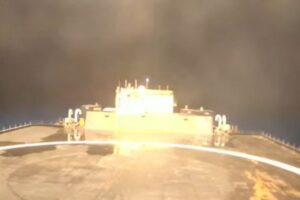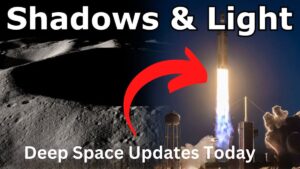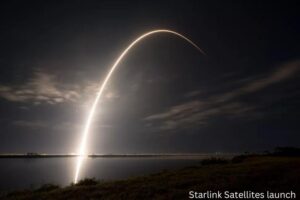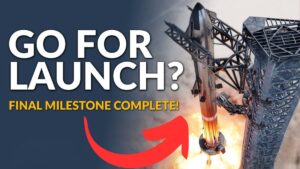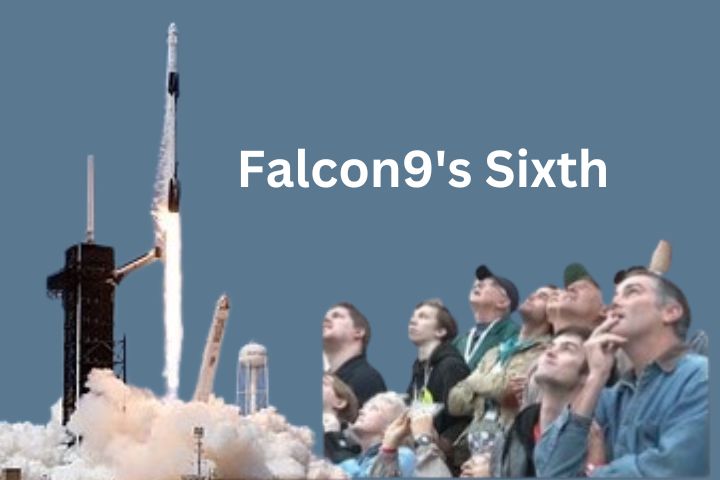
For SpaceX’s first launch of 2023, we’re targeting 9:56 a.m. ET on Tuesday, January 3 for Falcon 9’s sixth dedicated smallsat rideshare mission to orbit https://t.co/bJFjLCiTbK
— SpaceX (@SpaceX) December 30, 2022
SpaceX is planning to launch its next Starlink mission Falcon 9s sixth, which will consist of 54 satellites, into low Earth orbit (LEO). The company has previously stated that these satellites are similar in size to its V1.5 satellites, which are currently being launched, and not the larger V2 or V2 Mini satellites that have been mentioned in recent Federal Communications Commission (FCC) filings. However, the orbit that the 54 satellites will be placed in appears to only match the company’s next-generation Starlink Gen2 (V2) constellation. It is unclear why SpaceX is launching V1.5-sized V2 satellites while it is still in the process of completing its V1 constellation. CEO Elon Musk has previously indicated that the inefficiencies of the smaller V1.x satellites could potentially lead to bankruptcy for SpaceX if it is unable to start launching larger V2 satellites on its Starship rocket by the end of 2022. The purpose of SpaceX’s upcoming “Starlink G5-1” launch is currently clear at 9: a.m. ET, Tuesday, January 3, 2023.
Transporter missions are meant to offer regular rideshare opportunities to popular orbits like the Sun-synchronous orbit (SSO). However, the Transporter-6 launch was delayed from its original October 2022 date, and is now planned for early 2023. There are three more Transporter missions scheduled for 2023, launching in the first, second, and fourth quarters of the year.
The payloads will be released into an SSO of approximately 525 km in altitude and a 97.6-degree inclination. The payload deployment process will start around one hour after launch and take about half an hour to complete.
The Falcon 9 launch vehicle for this mission will use booster B1060-15, which will match the record for most flights of a Falcon 9 booster at 15. This record was recently set in December 2022, as SpaceX continues to extend the lifespan of its booster fleet. B1060 has previously launched a GPS satellite, geostationary transfer orbit missions for Turksat and Intelsat, the Transporter-2 rideshare, and 10 Starlink missions
Launcher Inc. has its first Orbiter space tug on board this mission. Launcher is also developing its own launch vehicle, which will enable it to offer a full end-to-end space transportation service in the future. The Orbiter tug has a propulsion system that uses ethane and nitrous oxide as propellants.
Orbiter SN1 is carrying a range of customer spacecraft and hosted payloads for companies like Skyline Celestial, Innova Space, NPC Spacemind, Bronco Space, and the Standford Student Space Initiative, among others. Hosted payloads on this mission include a phased array antenna for CesiumAstro and cremated remains for Beyond Burials, among others
